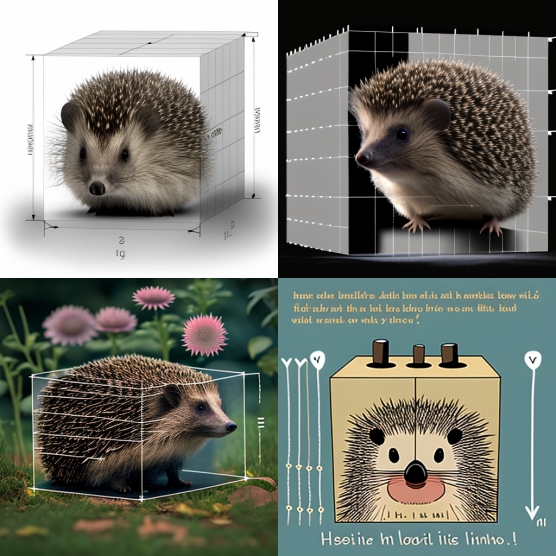Introduction
Are you feeling overwhelmed by box plots? If so, you’re not alone! Interpreting data can be a daunting task, but it doesn’t have to be. With this beginner’s guide to making sense of box plots, you’ll be able to make sense of data in no time. This guide will provide you with the tools you need to understand box plots and interpret data quickly and easily. So don’t worry, you’ll be a box plot pro in no time!
Making sense of box plots can be a daunting task for beginners. But with a little bit of practice, you can learn to interpret data quickly and accurately.
Box plots are a great way to visualize data, and can help you make decisions about how to proceed with your project.
The first step is to understand the different components of a box plot. The box itself represents the middle 50% of the data, while the whiskers represent the rest of the data. The line in the middle of the box is the median, which is the middle value of the data set. The dots outside the box are outliers, which are values that are significantly higher or lower than the rest of the data. Once you understand the components of a box plot, you can start to interpret the data.
To interpret a box plot, look at the size of the box and the position of the median. If the box is large, it means that the data is spread out, and if the median is close to the center of the box, it means that the data is evenly. If the box small and the median close to one side, it means that the data is clustered around one value.
You can also look at the outliers to see if there are any extreme values that could be affecting the data. With a little practice, you’ll be able to make sense of box plots quickly and accurately.

